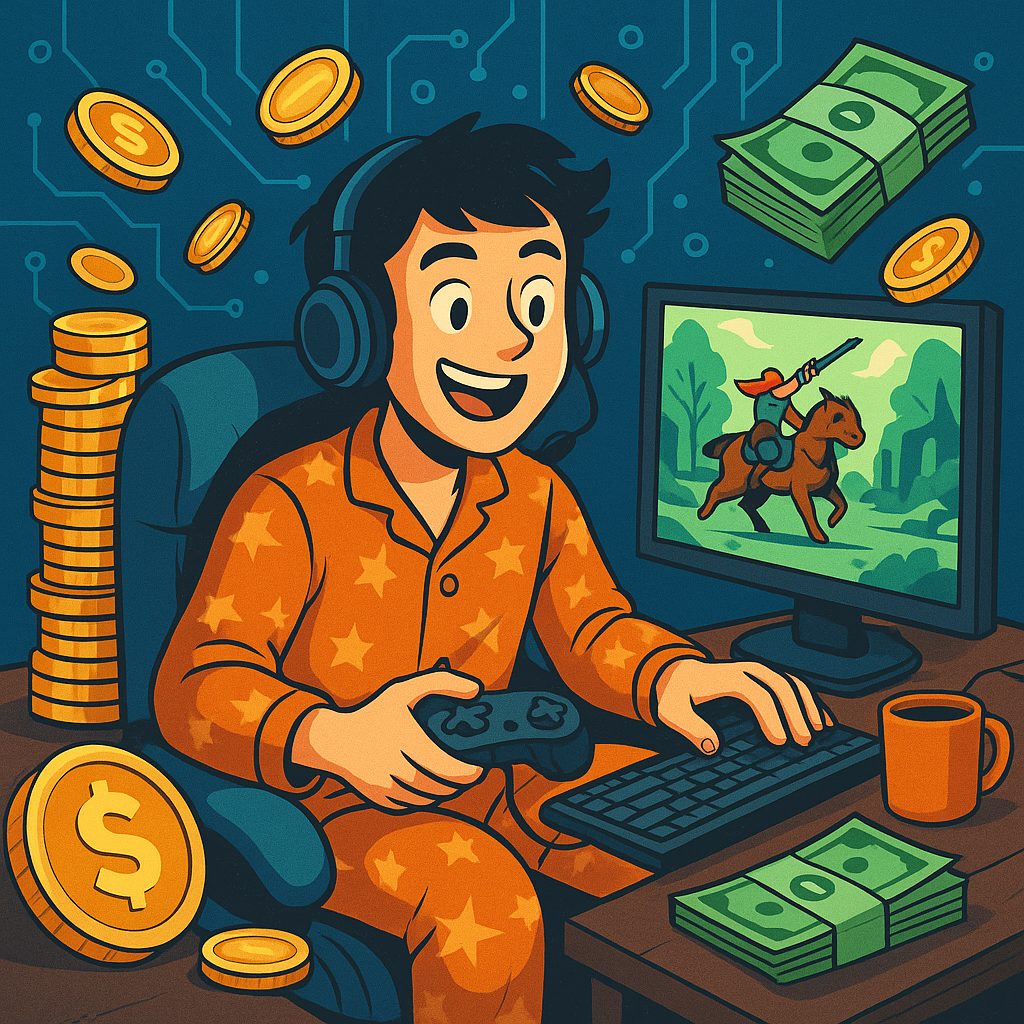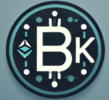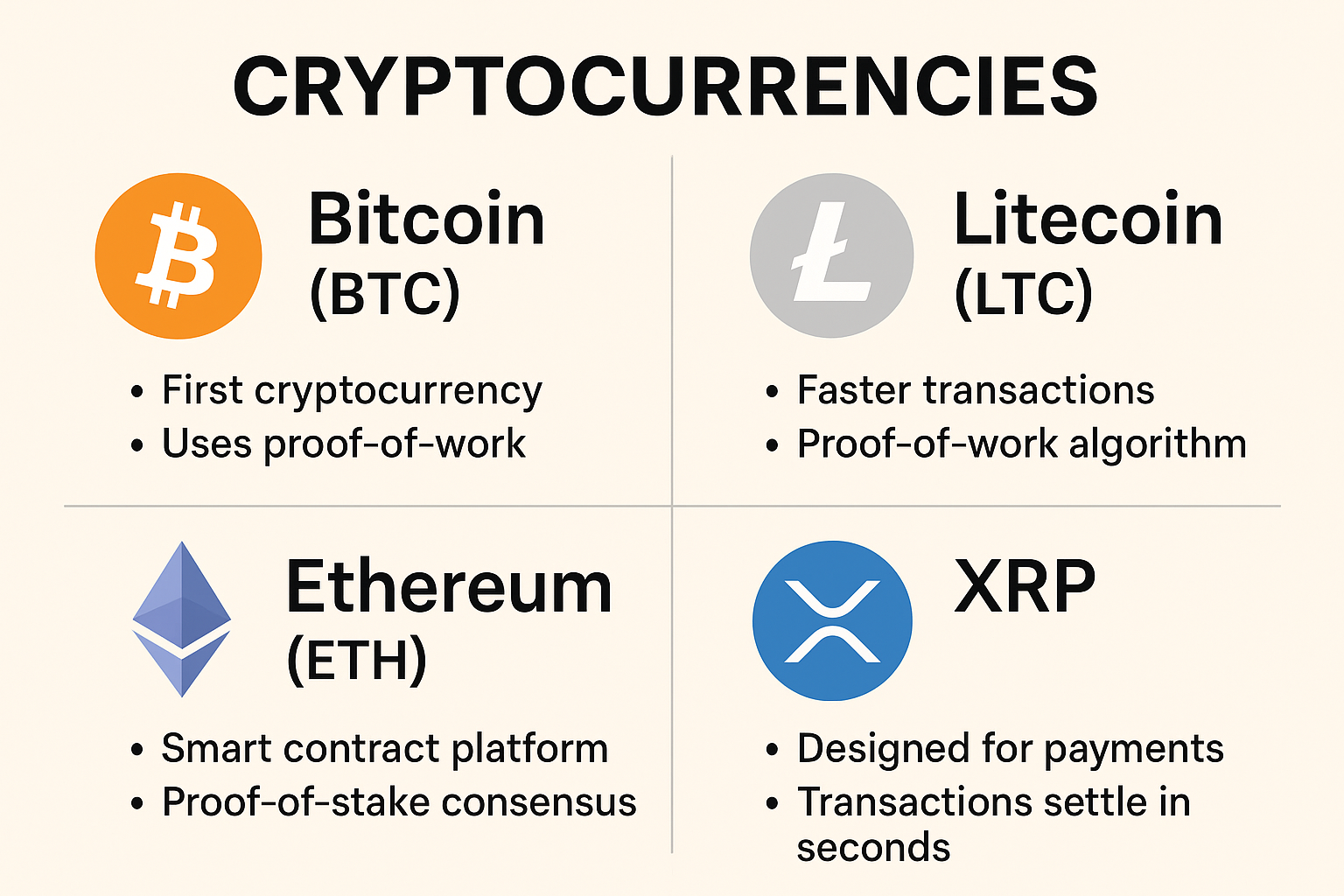A deep dive into the play-to-earn economy and the rise of crypto-native games
Imagine earning money just by playing a video game — no streaming, no tournaments, no sponsors. Just log in, grind, trade, and get paid.
It sounds like a fantasy. But for a growing number of players across the globe, this is reality. Thanks to blockchain gaming and the play-to-earn (P2E) movement, entire digital economies are being built on top of video games — and some early adopters have literally become millionaires in their pajamas.
Let’s explore how this wild new world works, what it means for the future of gaming, and how some players turned pixels into profit.
🧠 What Is Blockchain Gaming?
Blockchain gaming refers to video games that integrate blockchain technology to give players true ownership of in-game assets, currencies, and items. Unlike traditional games — where everything is stored on a company’s servers — blockchain games allow players to buy, sell, and trade game assets on public ledgers.
These assets often take the form of:
- 🎮 NFTs – Unique digital items (characters, skins, weapons, land)
- 💰 Tokens – In-game currencies that can be exchanged for real money
- 🛒 Marketplaces – Open ecosystems where players transact freely
This turns gaming into something more than just fun — it becomes economically meaningful.
💸 What Is Play-to-Earn (P2E)?
The play-to-earn model flips the traditional game economy on its head. Instead of paying to play, you play to earn.
In a P2E game, you can:
- Earn tokens by completing tasks, winning battles, or breeding digital creatures
- Trade NFTs for profit
- Stake tokens to generate passive income
- Sell valuable characters or resources to other players
This model is especially popular in regions with lower income levels, where gaming income can surpass traditional wages.

💼 Meet the Pajama Millionaires
Yes, this actually happened. A few examples:
✅ Axie Infinity Boom (2021)
Players in the Philippines, Venezuela, and Nigeria made thousands of dollars per month by breeding and battling Axies. Some players scaled up into “guilds,” renting Axies to others and taking a cut of the profits. One early investor made over $1 million by flipping rare Axies and staking AXS tokens.
✅ Sandbox & Decentraland Landlords
In blockchain metaverse games, players bought virtual land for cheap and resold it during NFT booms — some flipping plots for 6-figure profits.
✅ Yield Guild Games (YGG)
This “guild” of investors and scholars helped onboard thousands of players into P2E, creating passive income models through NFT rentals and profit sharing.
🎮 Top Blockchain Games to Know
Here are a few popular (and still active) blockchain games:
| Game | Core Mechanic | Blockchain | Earnings Model |
|---|---|---|---|
| Axie Infinity | Monster battling | Ronin (Ethereum L2) | Token rewards, NFT trading |
| Gods Unchained | Card battling | Ethereum | NFT card sales, rewards |
| The Sandbox | Metaverse building | Ethereum | Land sales, NFT experiences |
| Illuvium | Open-world RPG | Immutable X | Battle rewards, NFT value |
| Big Time | Action RPG | Ethereum (L2) | Loot NFTs, trading drops |
Many of these games are still in development or early access, but they show where the industry is headed: toward fun, financially incentivized experiences.
📊 Why It Works: Game Meets Economy
Here’s why blockchain gaming has staying power:
✅ Ownership
Players truly own their digital items. You can sell your sword, trade your dragon, or rent out your land.
✅ Open Markets
Items are not locked in a closed marketplace. Players can use real-world value exchanges like Ethereum, USDC, or even fiat.
✅ Token Incentives
Game currencies (like AXS, ILV, or SAND) can be staked, traded, or farmed — just like DeFi protocols.
✅ Community-Driven Economies
In many games, player decisions shape the in-game world, giving players real influence and incentive to invest their time.
🚧 The Catch: Risks and Challenges
It’s not all gold coins and NFT rainbows. Blockchain gaming faces real obstacles:
❌ Speculative Bubbles
Many P2E economies inflated fast, then crashed when token prices fell. Unsustainable reward systems lead to “Ponzi-like” cycles.
❌ Expensive Entry
Some games require upfront NFT purchases (sometimes hundreds of dollars) just to play competitively.
❌ Regulation & Security
As these games blur the line between gaming and finance, regulators may step in — and scams remain a constant threat.
❌ Fun First?
Some games are more economy than gameplay — leaving players bored once the money dries up. Long-term success requires entertainment value, not just earning potential.
🧠 What This Means for the Future of Gaming
Blockchain gaming is still in its early stages — but its trajectory is clear:
- Players want ownership of their digital lives
- Game devs want new revenue models
- Crypto protocols want engaged users and liquidity
In the future, you might play an open-world RPG where your loot drops are tradeable NFTs, your guild has its own DAO, and your castle earns you passive income through in-game rentals.
It’s gaming + economics + community — rolled into one.
✍️ Final Thoughts
Gaming has always been about fun, escape, and skill.
But blockchain gaming adds a new layer: freedom.
Freedom to trade, to earn, to build — all from your living room, and yes, maybe even in your pajamas.
Will every crypto game be a winner? No.
But the concept has already changed lives — and it’s changing how we think about both games and money.
Whether you’re a gamer, a builder, or an investor, the message is clear:
Play may be the new work. And the next gold rush might be inside a game console.
Tools We Actually Use (and You Can Too):
Want to simplify your crypto life while supporting CryptoBrosKnows? Check out some of the tools we trust:
- Swap crypto instantly with Changelly – smooth swaps between hundreds of coins, with no surprise steps.
- Track your taxes (without crying) using CoinLedger – import wallets, exchanges, and generate reports with a few clicks.
- Or try Koinly – another great tax tool if you want sleek dashboards and precise reporting.
- Need quick crypto swaps? SimpleSwap offers no-fuss conversions with thousands of pairings and zero registration.
- Looking for a secure exchange? CEX.IO is a reliable place to buy, sell, and manage your crypto—especially great for beginners getting started.
Using these links helps support the site—at no extra cost to you. We only shout out tools we’ve personally tested or that our readers love.



